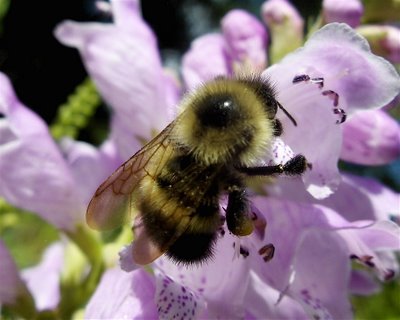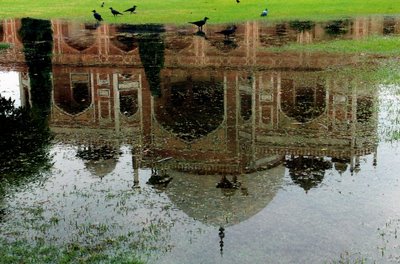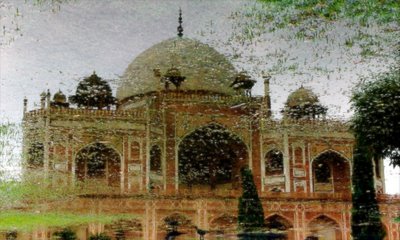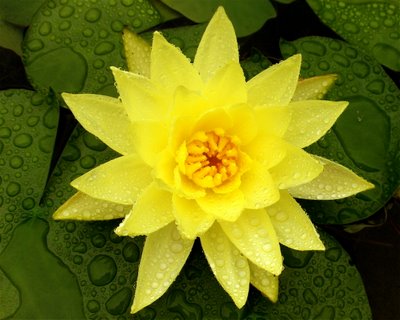 Bee on Physostegia, Pickity Place, Mason, NH, August 2006, HP Photosmart R817, Exposure 1/430 sec @ f4.5, ISO 50, no flash © Steven Crisp [Click on the photo to enlarge]
Bee on Physostegia, Pickity Place, Mason, NH, August 2006, HP Photosmart R817, Exposure 1/430 sec @ f4.5, ISO 50, no flash © Steven Crisp [Click on the photo to enlarge]I heard some buzzing, and then spotted this bee visiting a beautiful Physostegia plant. He would climb right inside each little bell-shaped flower, with no hesitation. So far in you couldn't even see him. Climb right in and get coated with pollen, and then crawl out and fly to the next one, and then another plant, and then he was gone, off to another garden I suspect.
I find it fascinating that our evolutionary process has developed such interdependent relationships. Wouldn't it just be a lot easier if each organism could "do its own thing", and propogate by itself? Why add in this 'messiness': the complexities, the dependancies, the possibly unfilled expectations?
Perhaps because diversity is essential, and is its own reward. To just keep doing your own thing can get a bit boring. Making little carbon copies of yourself wouldn't be very interesting, now would it. In fact, it would be the antithesis of evolution -- it would mean stagnation.
Doesn't that help illustrate the interconnectedness of life? You need the bees, to pollinate the flowers. (Yes, I know that is not true in all cases, just illustrating even more the complexity and diversity of the evolutionary process itself.) You can have an incredibly healthy, well pruned, properly fertilized apple orchard, but without the bees, you'll get no fruit (trust me on this one). And without fruit, they will not evolve. The next time some mite comes along to attack the apple trees, that will be the end of the apples.
I think it is the same way with people. You can congregate with those who share your beliefs, look like you, want the same things. But without a diversity of world views, you'll never grow -- never evolve. There will be nothing to upset your comfortable world, and you'll stagnate, and die out. You actually need the diversity.
We shouldn't fear differing views and opinions, even when they challenge our fundamental beliefs. We should recognize that by being open to these new perspectives -- by pollinating each other with our respective ideas -- we have the potential to move beyond our current world views. And this is needed for the good of society, the planet, and the well-being of mankind.
And I further think that the Internet (and yes, even blogging) can facilitate this exchange of divergent views. Never before has so much of mankind been able to have a dialog so easily. Yes, there is a very long way to go. But you can see that the seed has been planted. And now it grows.
But we have to decide how we will respond to these new world views. Will we each pull up our mental draw bridges and keep these different ideas at bay for as long as possible? Firm in our resolve of an 'us' versus 'them' conflict. Or will we welcome them into our minds, and take a moment to consider them, from their perspective, and perhaps see the world just a little bit differently afterwards.
This is not about accepting someone else's world view carte blanche -- it's about using it as a catalyst in our own thinking. A spark to light a fire of reflection. A seed that may germinate if kept warm and watered with contemplation. And a bell that gently rings, on occassion, to remind us to pause and consider the fundamental issues of life.
I think nature has shown us there is only one way that will work in the long run. We must evolve.
 Screen silhouette, Humayun's Tomb, Delhi, India, August 2006, HP Photosmart R817, Exposure 1/90 sec @ f3.2, ISO 200, no flash © Steven Crisp [Click on the photo to enlarge]
Screen silhouette, Humayun's Tomb, Delhi, India, August 2006, HP Photosmart R817, Exposure 1/90 sec @ f3.2, ISO 200, no flash © Steven Crisp [Click on the photo to enlarge]






